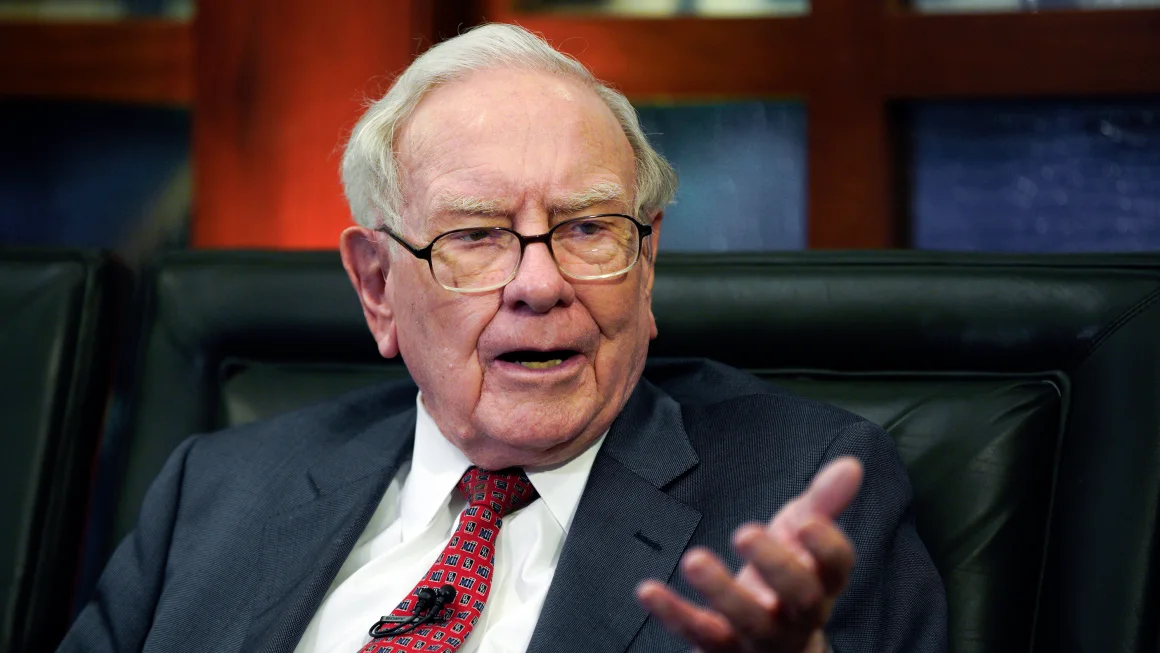Navigating Uncertain Waters: The “Buffett Indicator” and Market Speculation
In financial markets, few signals attract as much attention as the “Buffett Indicator,” a market measure developed by the legendary investor Warren Buffett. First introduced in a 2001 issue of Fortune Magazine, Buffett described it as “probably the best single measure of where [stock] valuations stand at any given moment.” This gauge, which compares the total value of publicly traded companies in the US stock market to the nation’s gross domestic product (GDP), has soared to a two-year high, hinting at a potential market retreat.
The indicator’s current proximity to 190%, a significant leap from its fair value mark of 100% as per Buffett’s Berkshire Hathaway guidelines, echoes a cautionary tale. Historical instances, such as the 2022 spike to 211% followed by a 19% drop in the S&P 500, are raising alarm bells for investors.
The optimism fueling the market’s ascent, particularly around artificial intelligence (AI) and speculative predictions of the Federal Reserve cutting interest rates, is under scrutiny. While the AI revolution, led by giants like Nvidia, propels stock values to unprecedented heights, the undercurrents of concern among financial experts are becoming hard to ignore. Notable voices like John Hussman, who foresaw the 2000 and 2008 crashes, and former Treasury Secretary Larry Summers express apprehensions about the sustainability of current market trends.
Despite the speculative fervor, some market watchers, including Louis Navellier and Kevin Gordon, suggest a more nuanced view. They acknowledge the market’s robust performance yet caution against overlooking potential vulnerabilities, especially with earnings season on the horizon.
Amidst this backdrop, the financial landscape also watches significant movements outside the stock market. Visa and Mastercard’s agreement to a $30 billion settlement to reduce merchant fees highlights ongoing legal and regulatory challenges within the industry.
Moreover, Donald Trump’s Truth Social’s public listing underlines the unpredictable nature of market valuations, drawing parallels to the meme stock phenomenon and stirring debates about the rationality of such valuations.
As the market sails into uncertain waters, the “Buffett Indicator” serves as a lighthouse for investors, signaling the need for caution amidst the speculative waves. However, the actual test of market resilience and investor sentiment will unfold in the upcoming earnings season, potentially recalibrating the course of the U.S. stock market.
While the “Buffett Indicator” raises concerns about overvaluation in the stock market, the diversity of opinions among investors and analysts reflects the complexity of predicting market movements. As we venture deeper into 2024, the financial world remains on alert, watching for signals that may sway the balance between growth and correction. Amid these considerations, the wisdom of seasoned investors like Buffett reminds us of the importance of measuring market enthusiasm against the bedrock of economic reality, urging a prudent approach in the face of speculative exuberance.




















